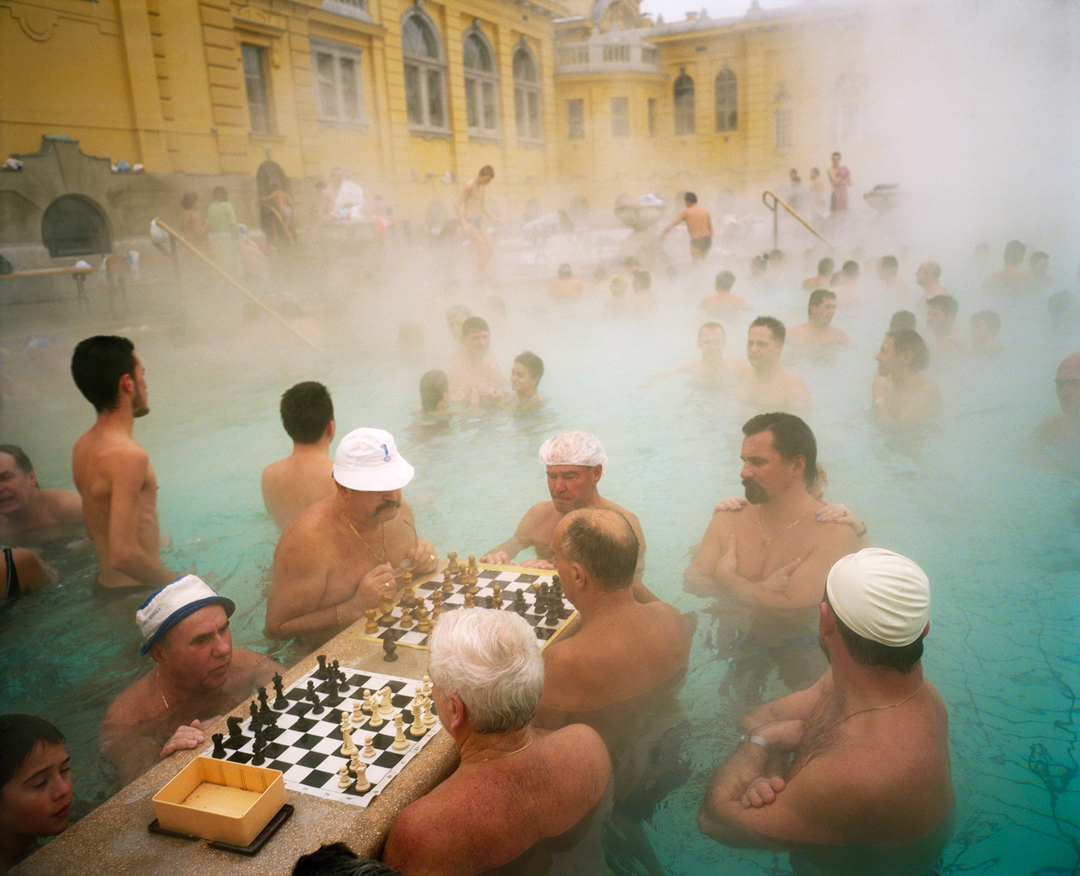
How Martin Parr stopped these guys looking at his camera
The inquisitive British Magnum photographer on Mormons, patience, and making a personal connection
What does it take to unseat so accomplished a photographer as Martin Parr? Try zip-lines and polygamy. In an interview with Wanderlust magazine, timed to coincide with the Magnum president’s Outstanding Contribution to Photography show at the 2017 Sony World Photography Awards in London, Parr revealed that a trip to the US in 2016 ranks among his strangest assignments.
“Last year, I went to a Mormon community,” he says. “After photographing this guy with his two wives and 16 kids we went out zip-lining. That was pretty weird.”
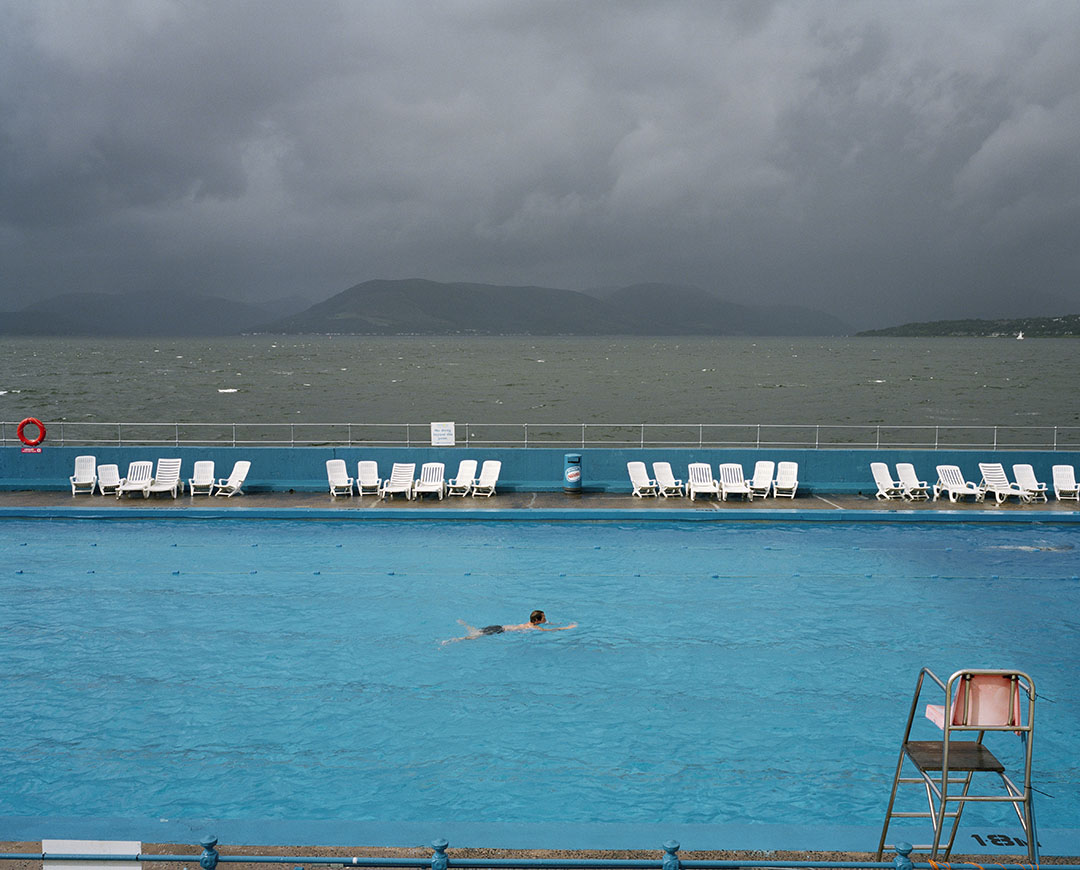
Though Parr heads up the Magnum Photo agency he admits that he has never tried to shoot on war or conflict imagery, as many of Magnum’s members do. “I spend a lot of time photographing and I do go to great lengths, but I don’t do hard news, where you have to go to great lengths to stay in a war-damaged town or something like that,” he says. “I go to interesting places that are easy to get on with. My subject matter is the Western world. That’s what interests me most of all and that’s really what I pursued consistently over the last 45 years.”
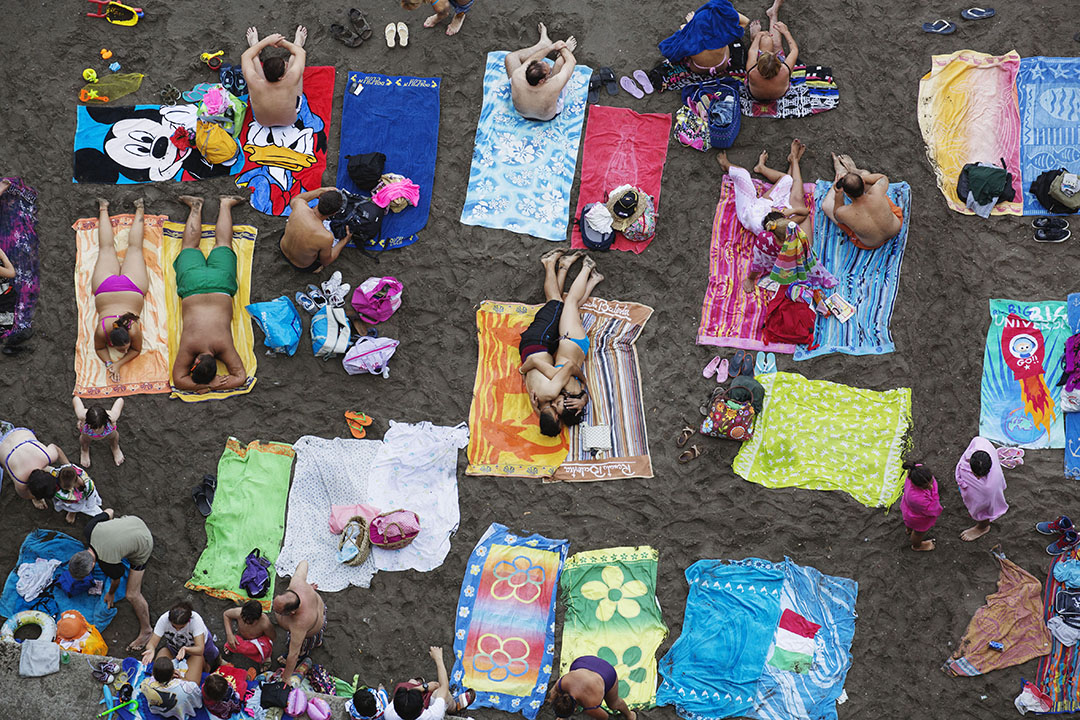
And while he’s travelled extensively, he still believes Britain to be among the most exotic of locations for a photographer such as himself. “The Brits are pretty exotic themselves,” he says. “They wear strange uniforms. They dress up in ritualistic stuff. I’d say they’re in the Top 10 of exotica.”
So, what do you need to capture such cultural quirks? Well, patience for a start. Speaking with reference to his 1997 shot of chess players in a Hungarian bath house (top), Parr said he had a to wait a while for his subjects to look away from the camera. “The photographs where people are looking at me generally get eliminated,” he explains. “I work very hard and very long hours, so if you’re out there long enough, you’re going to earn some luck. That’s what some people don’t really appreciate: how much effort you have to invest in getting a decent set of photographs. On one level, photographing is very easy, and on another, it’s very hard.”
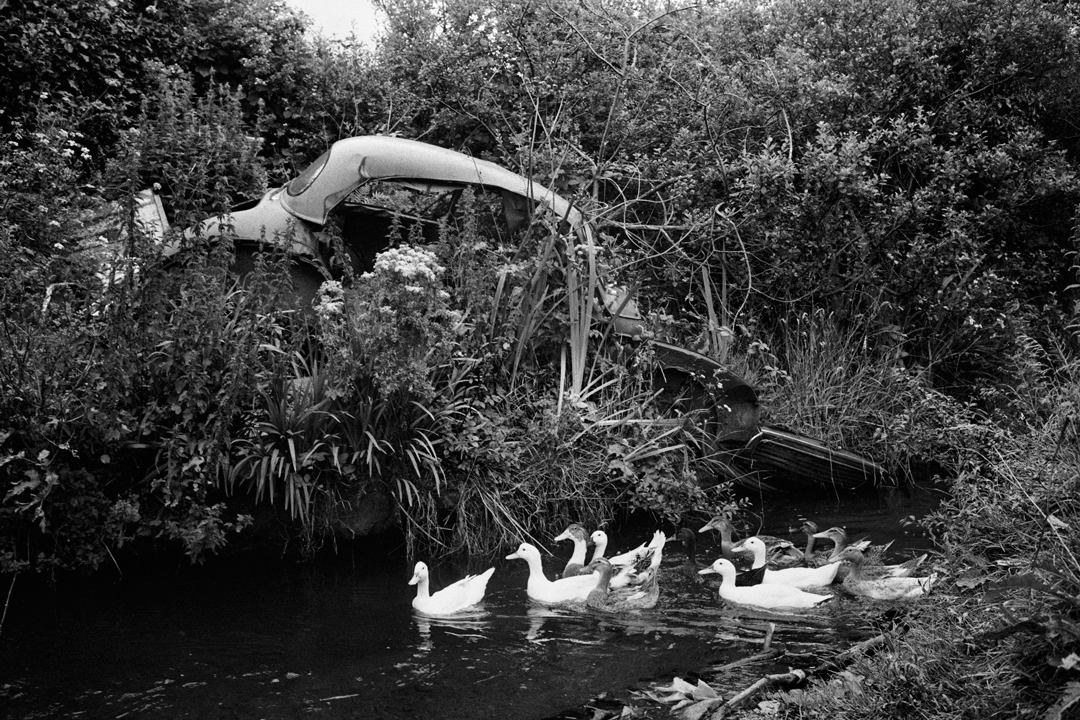
Long hours aside, Parr also says good photographers need to have “a real belief in your ability to do that and to find a connection to the subject matter that is very personal, very subjective.”
That might sound strange coming from an artist whose sometimes accused of exploiting his subjects. Yet Parr is pretty tough skinned when it comes to criticism. “I realised pretty early on, when I did the The Last Resort, the first project I did in colour, that controversy was quite a good thing. I don’t look for it, but neither do I grimace when it comes along. I accept it fully and realise that it has a part to play.”
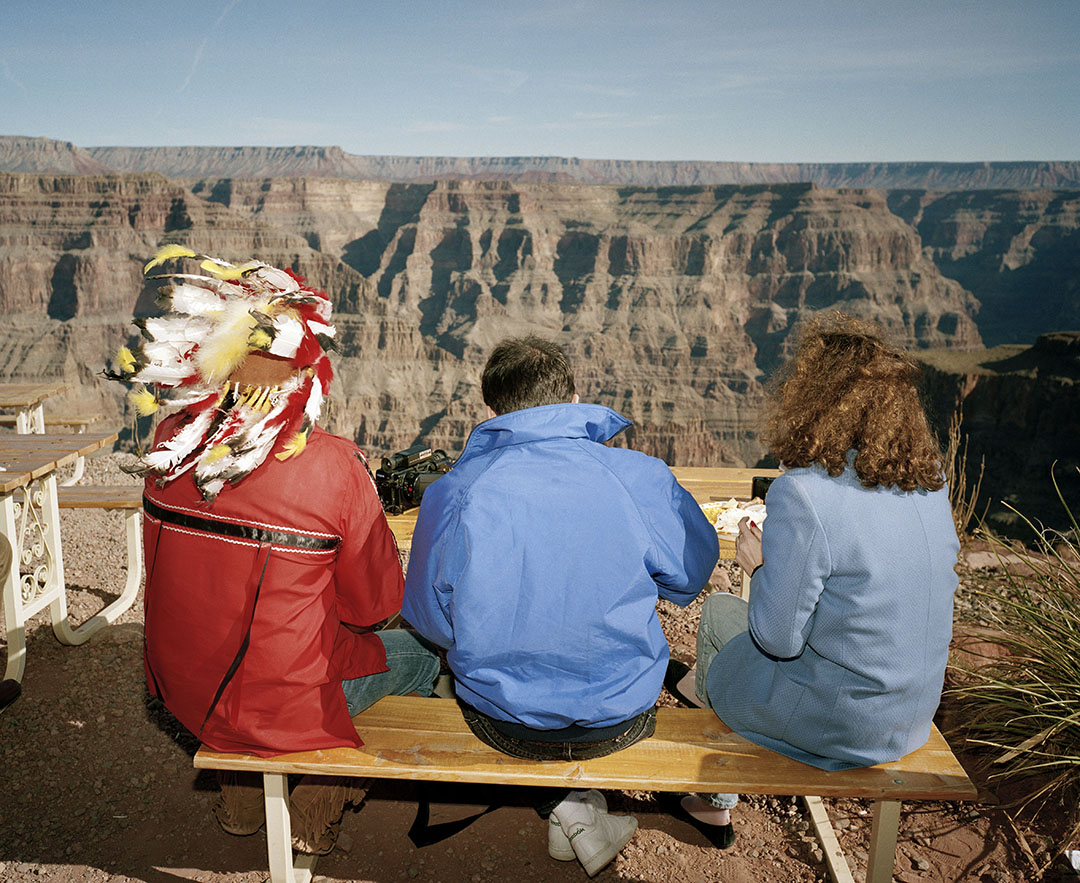
Want more on Martin Parr? Then take a look at our many books with him here.